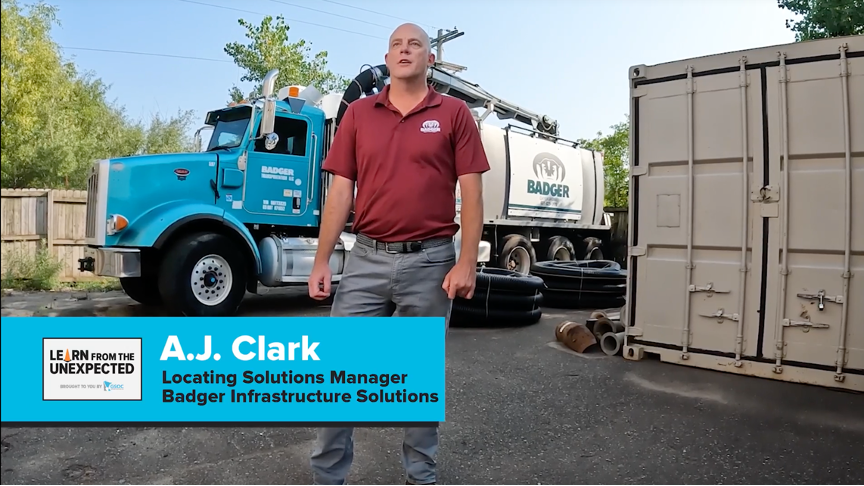Design/Pre-Con Meet Tickets: Five Common Questions Answered
- Details
- Created: Wednesday, 12 April 2023 10:47
- Written by Courtney Ommen

Updated: 11/27/24
In planning large-scale projects, it can often be helpful to meet in person with facility operators to discuss project design before construction begins. These meetings help align the planning team, contractors, and facility operators on underground utility coordination. Filing a Design/Pre-Con Meet Ticket through Gopher State One Call (GSOC) allows you to do just that.
Design/Pre-Con Meet Tickets (formerly Engineering/Pre-Con Meet Tickets) are a type of Non-Excavation Ticket used to set up a pre-con meeting with facility operators during all design and pre-construction phases of a project when there is no imminent intent to dig. These meetings are used to discuss factors such as scheduling, project design, and utility relocation.
Think a Design/Pre-Con Meet Ticket might be right for your upcoming project? We’re answering five common questions about this type of Non-Excavation Ticket below.



